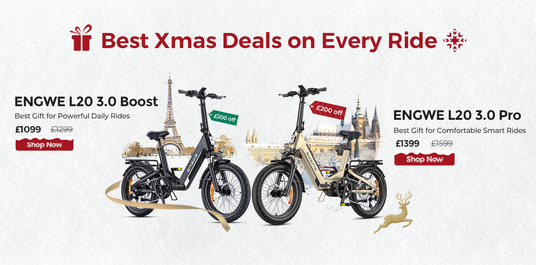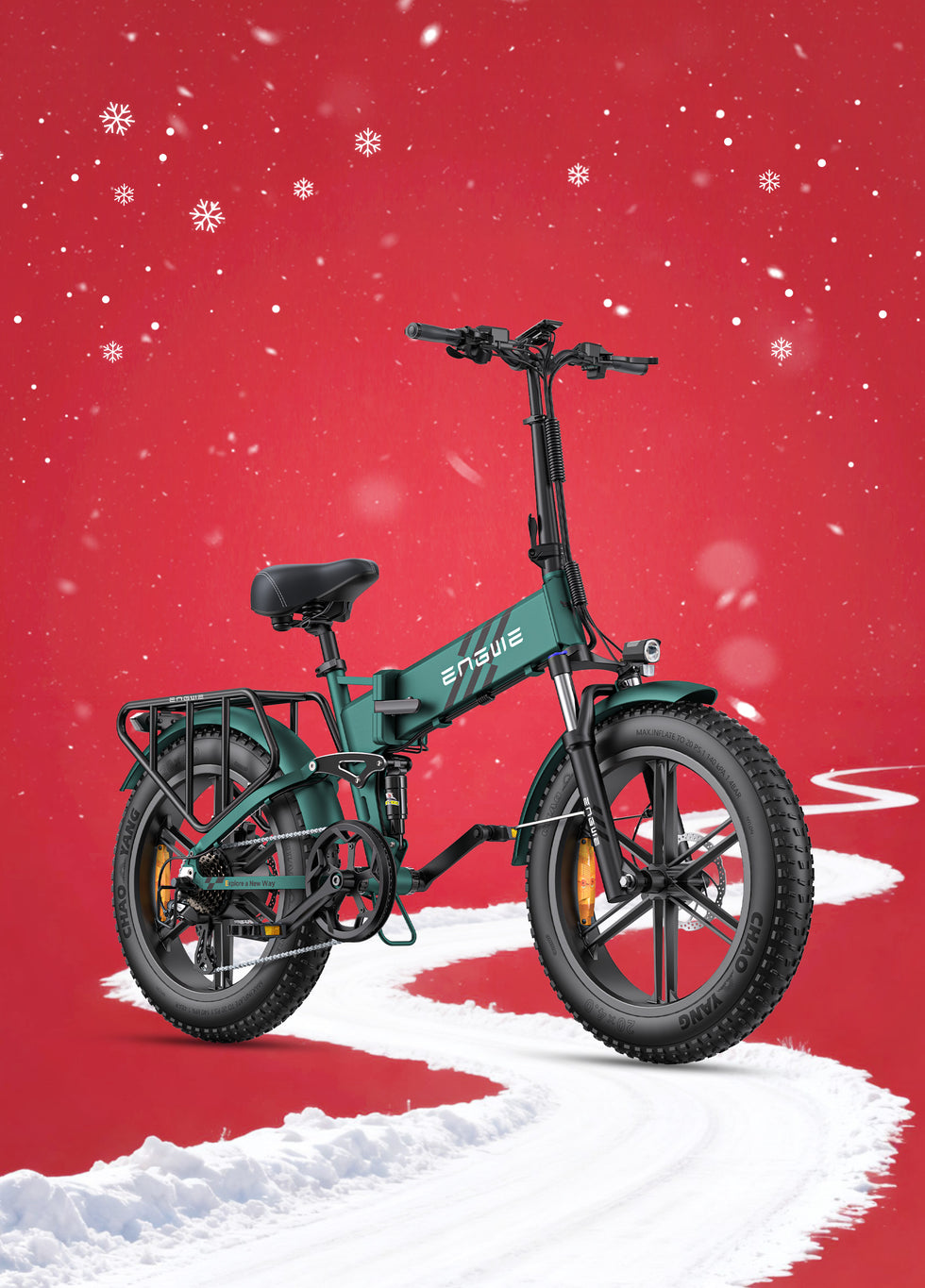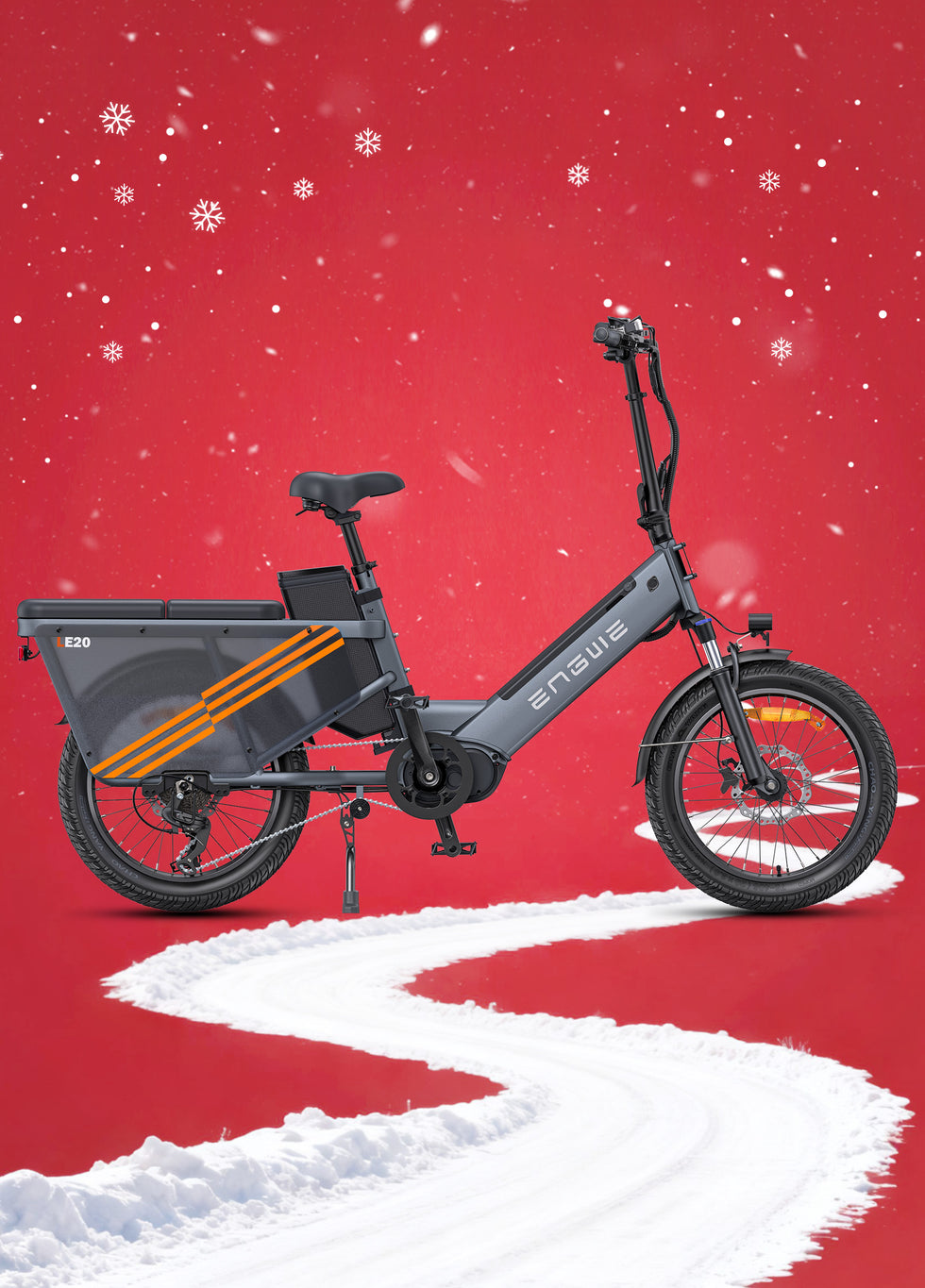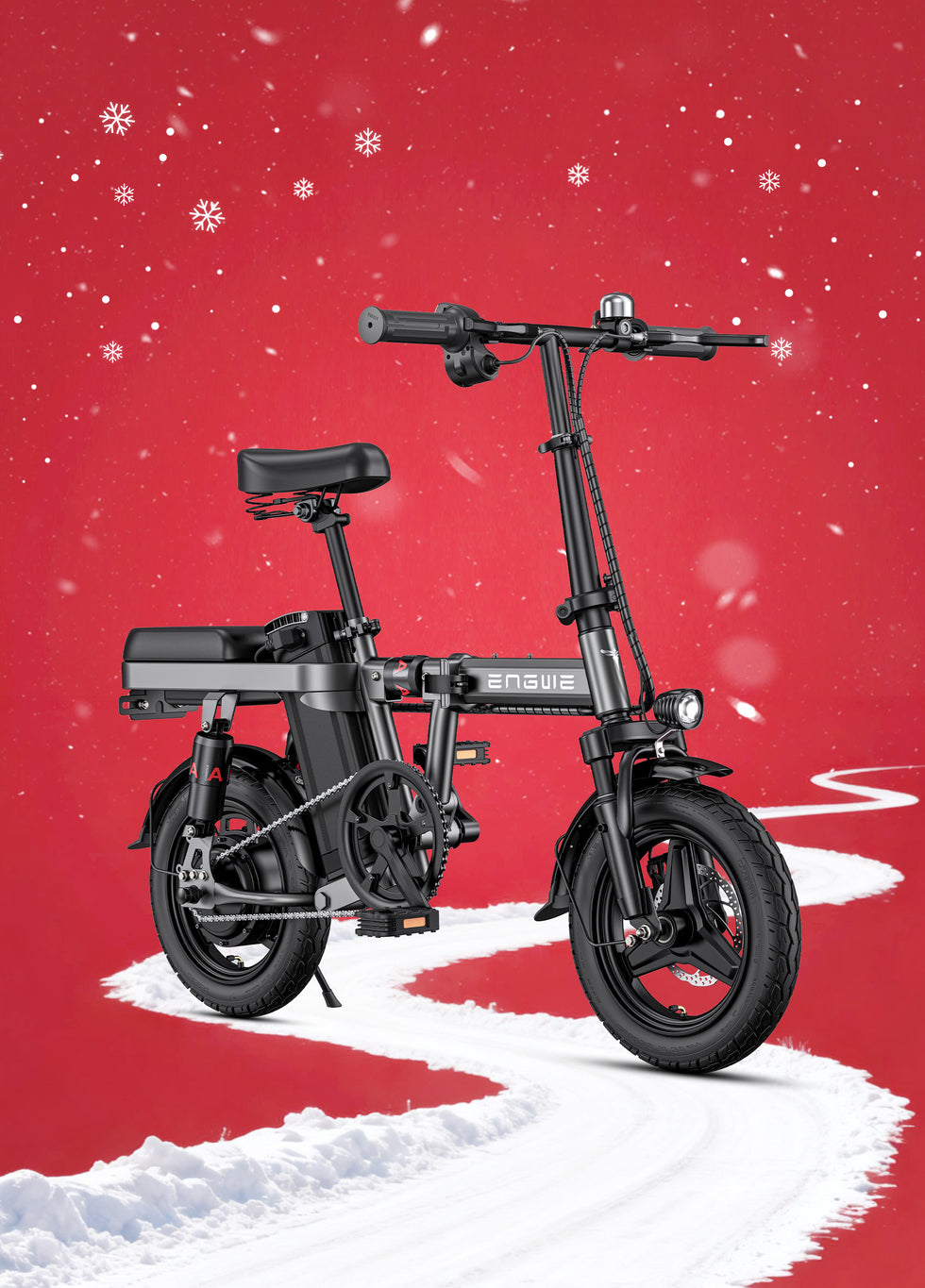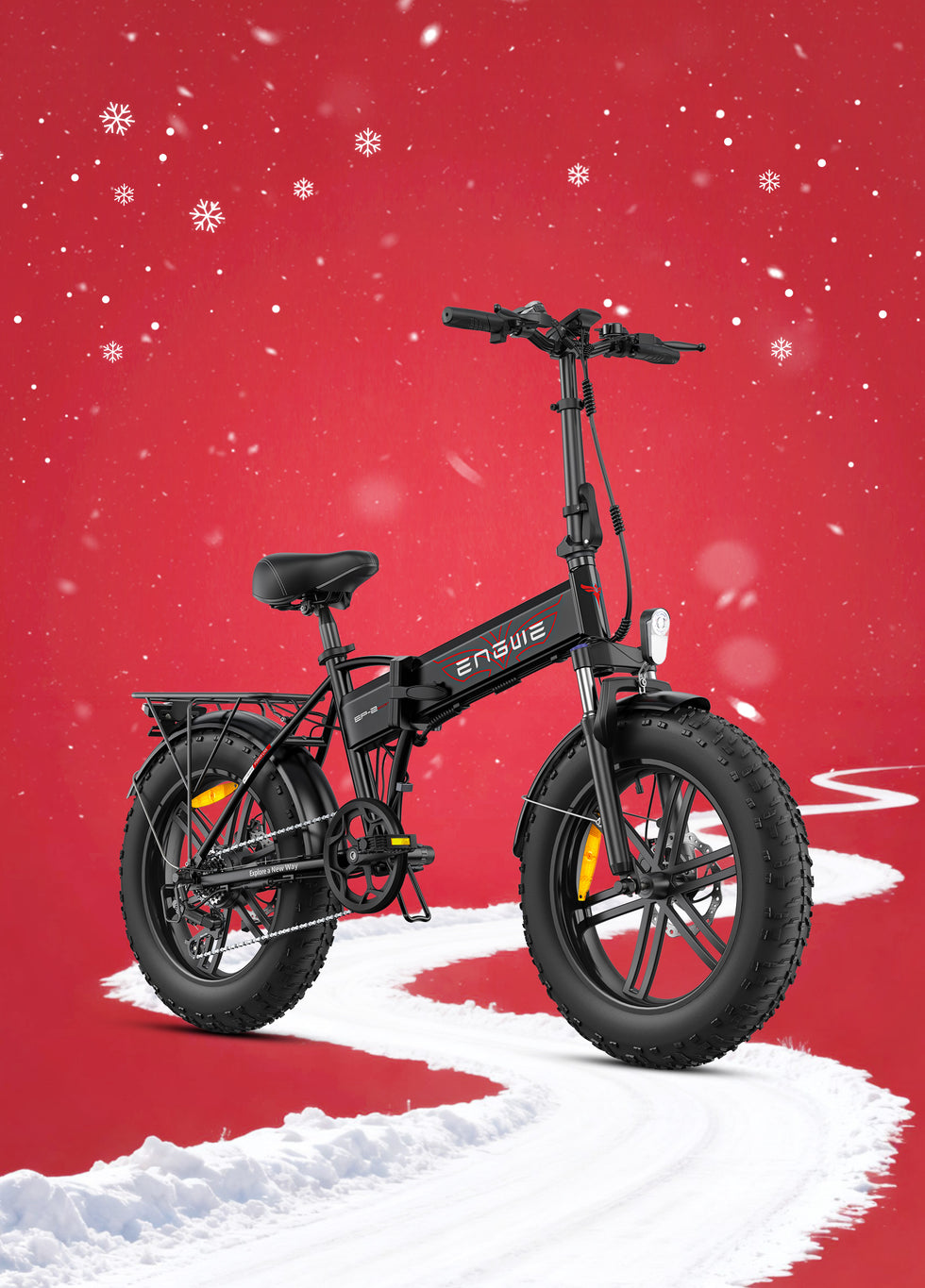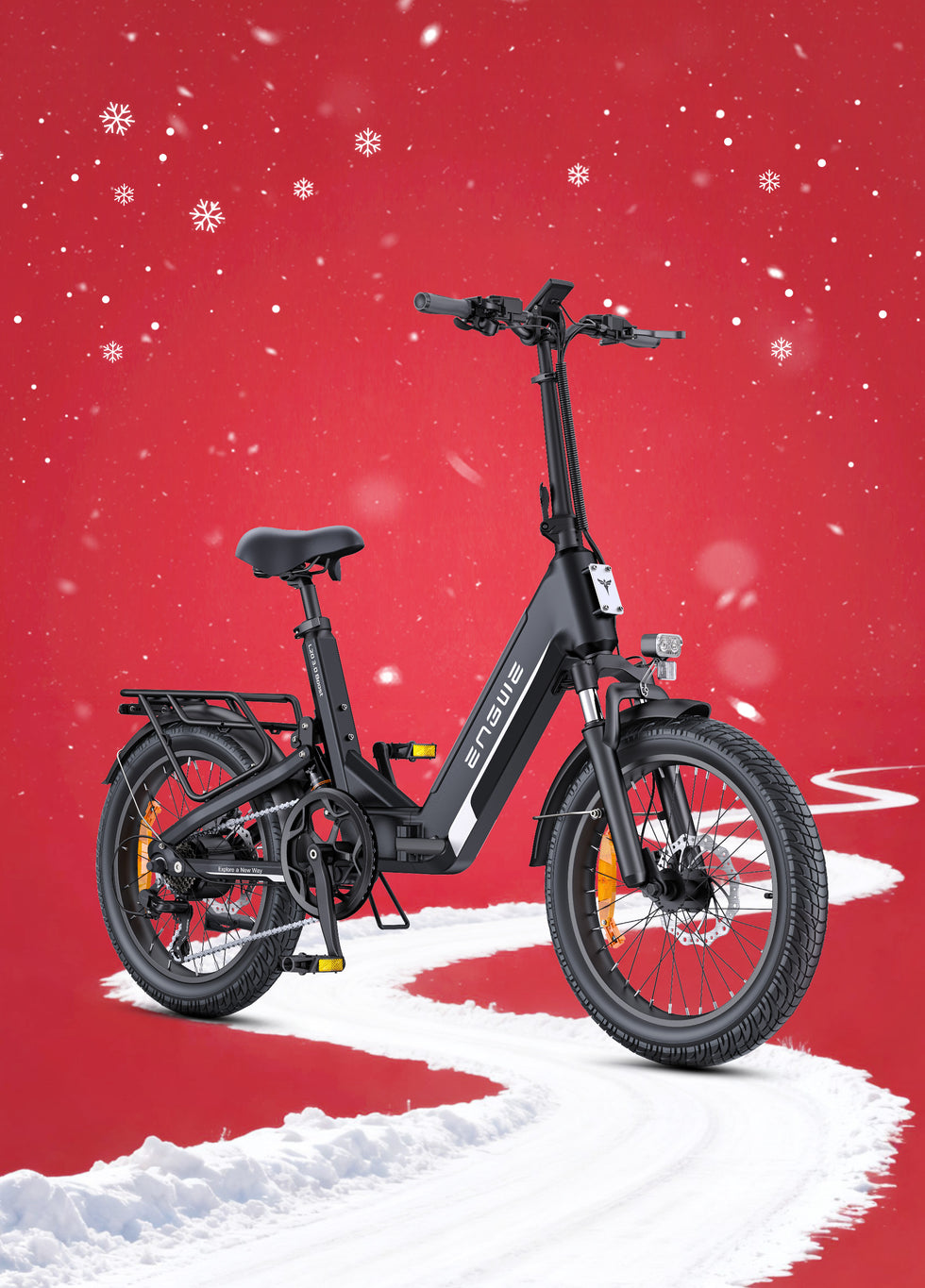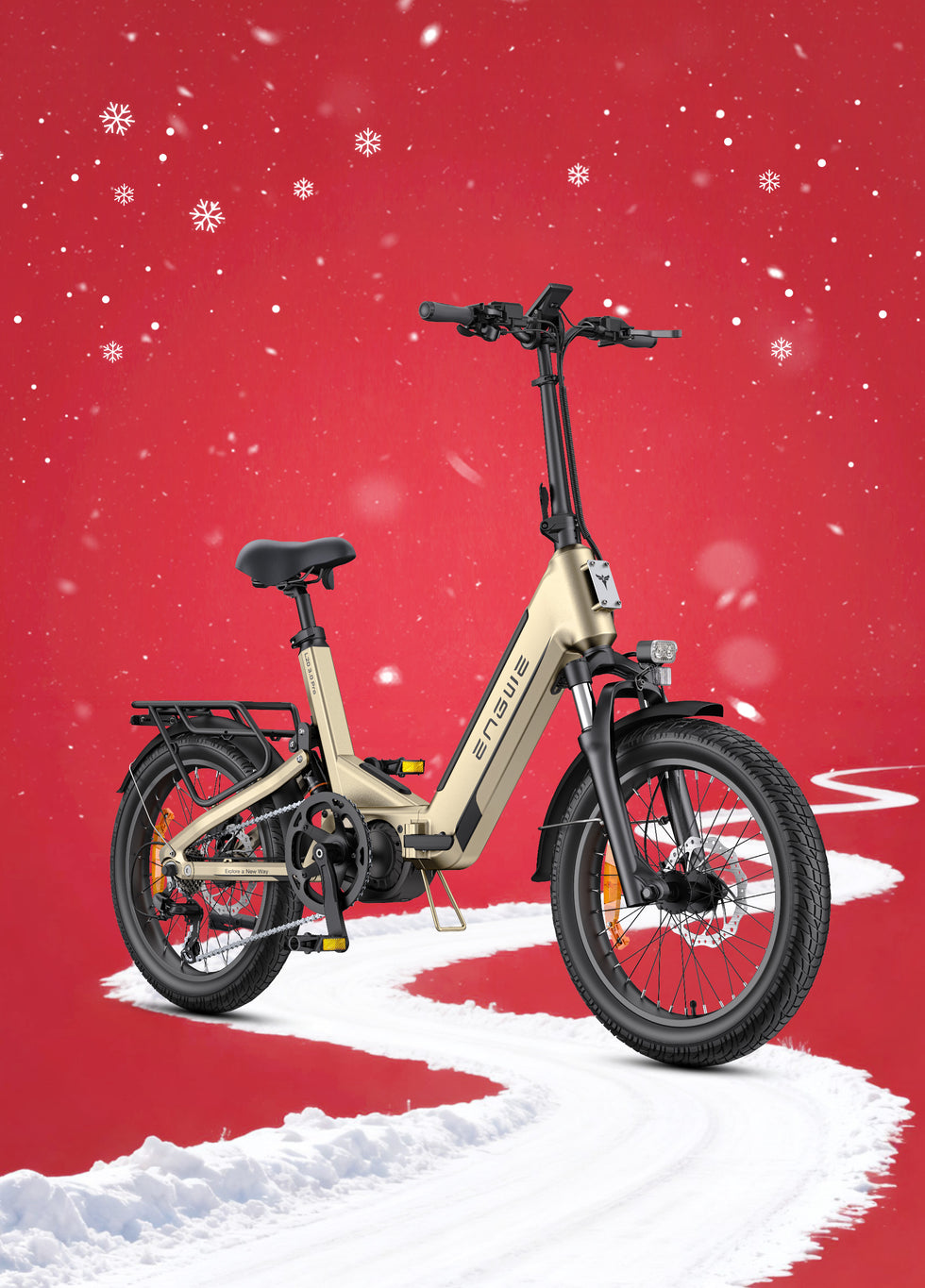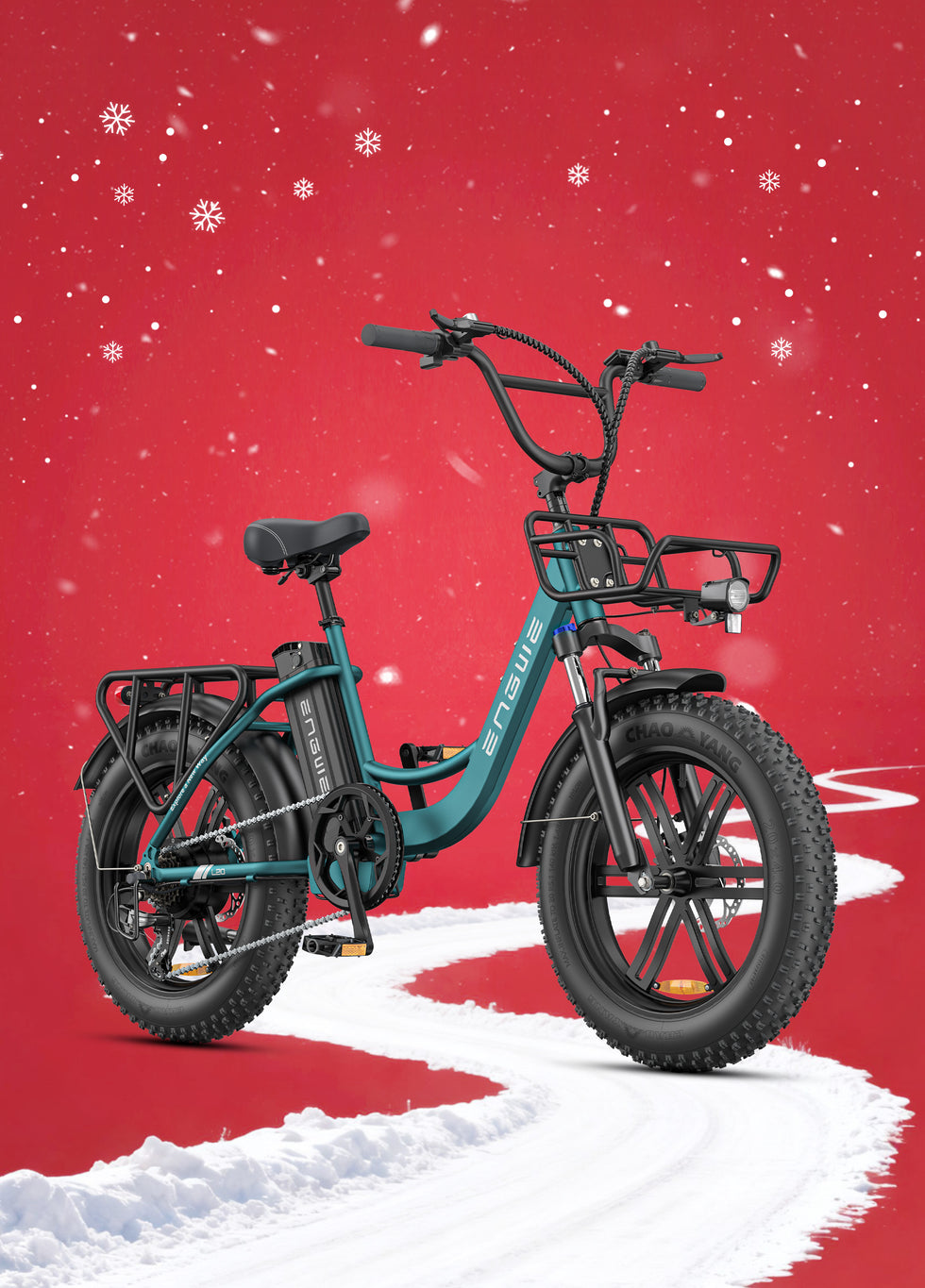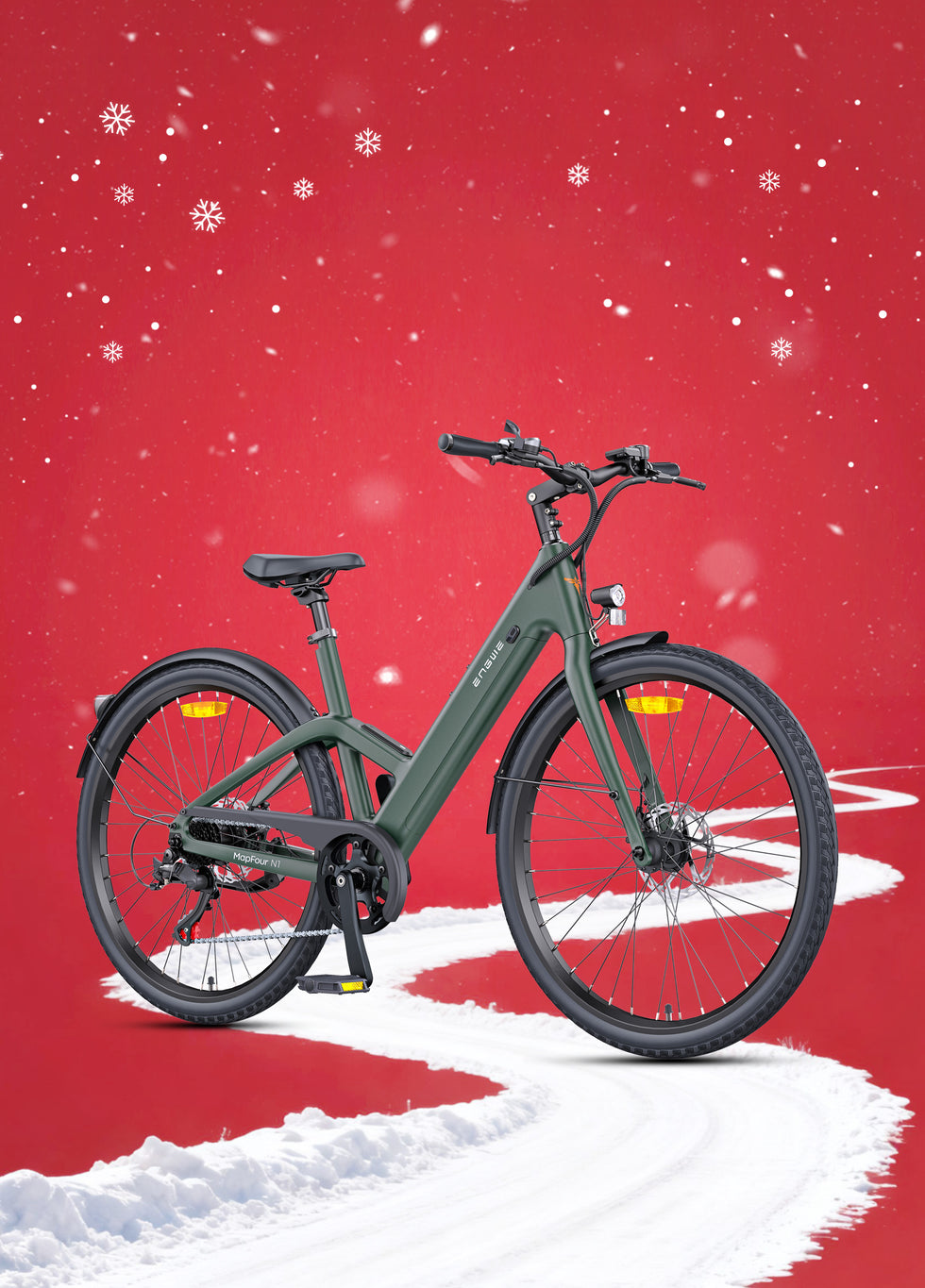It can be a bit overwhelming to look into what the best electric bike for a heavy person is. You have all these specs to sort through and you wonder, "what’s legitimate and what is just marketing fluff and what do I actually need to stay safe and have fun?" Your objective is straightforward, ride...
the feeling of wind in your hair, to ride up that hill commute to work or to re-discover your love of cycling without worrying if your kit is up to the task. This is not a search for any electric bike; it is the search for the electric bike which gives you freedom, no worries, and lifelong maintenance-free peace. We’ll dissect what you need to look for, going beyond numbers on a page to what they mean for your ride.
The Payload: The Non-Negotiable Starting Point
The first factor—the only one I would consider to be a non-negotiable starting point—would be the payload or maximum weight. It’s this number that underpins your whole e-bike experience. For example, as a 400 lb cyclist, you want a bike with a posted weight limit well above this – more on the order of 440 lbs (or 200 kg) or so. Why the extra buffer? Given the payload capacity includes you, your clothes and anything else, bag, shopping, work stuff. A bike made for this weight will have a frame made with only the best materials like 6061 Aluminium Alloy, a competitively light and rigid material. That would be a sturdy weld and a frame geometry that’s engineered for stability, not just for looks. A flimsy frame is an accident waiting to happen, so this is the one trait you can never skimp on.
Power and Control: Taming the Beast
Now that you have a strong frame, it's time to concentrate on power and control. A generic motor built for a 150 lb rider will be strained, overheat and give minuscule range. If you are a heavy rider, then the power wattage of the motor becomes less relevant than the torque the motor can produce. The more accurate definition is the rotational force that gets you moving from a standstill and pulls you up hills. A high torque motor lends that all-important grunt when you really need it. Equally critical are the brakes. The newer excellent mechanical disc brakes may not have what it takes to stop a heavier rider on a sturdy bike in a safe and controlled manner, particularly when descending. You are going to have to demand hydraulic disc brakes. They stop infinitely better with less hand effort from the lever that make you feel like you will be getting off your bike!

Beyond the Basics: Features for Comfort and Durability
In addition to the core items, the treat features are really what turn a workhorse of a bike into a ride that just feels good. The wheels are a weak spot. You’ll want to ensure that your wheels have strong, high-gauge spokes and sturdy rims that can handle the added weight without buckling. These will need some wide tyres, like at least 3 inches wide. Larger tyres offer more grip and balance as the contact area with the ground is more, and the air volume in wider tyres serves as a built-in suspension system to absorb the bumps in the way, and provide a comfortable ride. Try to find tyres that are specifically marketed as puncture-resistant: getting a flat on a heavy-duty e-bike can be a PITA. Comfort is also paramount. A big, wide, well-padded saddle for long rides is essential, although a suspended seatpost can be a wonderful upgrade. Front suspension forks will also do wonders to absorb jolts from potholes and rough roads, easing the strain on your hands, wrists and back.
The Transcendent Experience: Reclaiming Your Freedom
Many bikes claim toughness; the exclusive ability to seamlessly combine all of these vital components into a reliable package is Tabula Rasa. One such superb example that truly comes through for heavier built riders is the ENGWE LE20 Super Range Step-Through Cargo e-bike. It begins with a foundation of strength – a 6061 aluminium alloy frame so burly that we’ve confidently rated it for a total payload capacity of 200 kg (440.9 lbs), riders and gear for day and night, and with a safety margin included. Enhanced by a powerful brushless motor producing 75 Nm of torque that is smartly controlled by our advanced Torque Sensor. This sensor gives you a smooth natural riding power that feels like you, no one else but you, only fitter and stronger - starts, hill climbs and even battery range just make perfect sense! For control, the LE20 comes with reliable 180 mm hydraulic disc brakes to make sure you can stop when required. A front suspension and big 20x3.0" puncture-proof spoke tyres. With a focus on practicality, this cargo electric bike is purpose-built for those who want to cross a 400 lb weight capacity line while looking for a reliable and fun e-bike to ride.

| ENGWE LE20 Key Specifications | |
|---|---|
| Payload Capacity | 200 kg (440.9 lbs) |
| Motor Torque | 75 Nm |
| Brakes | 180 mm Hydraulic Disc Brakes |
| Tyres | 20x3.0" Puncture-Proof |
| Frame | 6061 Aluminium Alloy |
And then, once you find the machine that suits you, the experience is transcendent. It was the sensation of fear surrendering to unadulterated pleasure that I'll never forget. The first time you come upon a hill you would ordinarily avoid and, if not look forward to, at least anticipate with a kind of quiet confidence. When you give soft pressure on the pedals, the torque sensor will feel your strength and assist the current to add power of the motor for you through the riding. The strain disappears. You’re not riding servilely; you’re still pedalling, but you have somebody helping you. The rigidity of the burly frame and the fat rubber means you always feel solid, planted and confident on road. You are always in control with responsive hydraulic brakes. It is the sense of empowerment, of restrictions dissolved. Previously impossible rides become fun adventures. Then the focus can move from harping about the gear to simply taking a fucking ride, enjoying the scenery and the sheer freedom.

Frequently Asked Questions
1. What care should a bigger guy give more attention to?
And for a 400lb rider regular maintenance gravitates towards more importance for safety and longevity. There are three areas to which you should pay particular attention. First, brake pads. Hydraulic brakes are powerful, but they do it by wearing out the pad material. It's likely that you will wear your pads where a lighter rider might not, so I would also suggest checking your pads each month for wear and replacing them long before they're worn through. Second, tyre pressure. Make sure your tyres are all pumped up to their maximum recommended pressure on the sidewall. It eliminates pinch flats, burping and rim damage, lowers roll resistance and keeps the tyre in place even when running low pressure. Inspect the pressure and add air at least weekly. Lastly just check the chain and drivetrain for wear and keep clean and lubricated as this is under extra stress.
2. How much will my weight affect the real-world battery range of the e-bike?
The mileage that a bike can achieve seems to be a bit of a marketing smokescreen and is almost always calculated under perfect conditions where the rider is light e.g., (75kg), on a flat surface, with no wind and on the lowest power-assist setting. As a 400 lb individual, your range in the "real world" is a fraction of whatever the maximum is rated for. The motor is working harder to help you, which uses up all the more power from the battery. Just know your real-world driving range will be between 40% to 60% of that claimed maximum. To maximise range, use lower levels of pedal assist where you can, avoid whacking the power on and holding on for dear life, and make sure your tyres are always pumped up to the maximum to reduce drag.
3. Any legal things to attend to in the UK?
Yes, in the UK, in order for an electric bike to be classified as a normal bicycle (and not need a driving licence, road tax and insurance), it must adhere to the 'Electrically Assisted Pedal Cycles' (EAPC) regulations. This means the motor can have a maximum continuous power output of just 250 watts, with the electrical assistance cutting out when the bike reaches 15.5 mph (25 km/h). Only when you pedal will the bike’s motor work – you can’t have a 'twist-and-go' throttle, which operates without the need for pedalling, but a throttle that helps you up to walking pace (6km/h) is acceptable. Any bike exceeding these criteria is by law considered a moped, and must be registered, taxed and insured.
4. The bike I want is sold online. Is it a big effort to assemble myself?
Online sales of most e-bikes come to you about 85% assembled. You’ll usually have to put on the front wheel, handlebars, pedals and seat. It's not hard if you like to tinker and can follow directions. But for a heavy-duty e-bike that your safety and possibly that of others depends on, having a professional build it or at least look it over at a local bike shop is a pretty wise use of funds. They will guarantee that all bolts are properly torqued, the brakes set up and bled, and the gearing indexed as it should be. This peace of mind ensures a safe first ride and smooth transition into cycling.
5. What’s the best way to stay comfortable on long bike rides?
Just like any other bike, comfort is key to enjoying your e-bike. The saddle is the first thing to take into account. You may not find the stock saddle suitable, to which case you'd be moving up to a wider and cushier saddle that's more designed for comfort or cruiser bikes. Second, consider a suspension seatpost. That back is treated to yet another layer of comfort thanks to a sprung or elastomer-suspended seatpost. Last but not least, make sure your riding position is correct. Set the saddle height and position of your grips so you are sitting in a neutral position with not too much pressure on your wrists, shoulders, or lower back. Little alterations can mean a world of difference in how comfortable you are.
How Very Redneck of You: Your Way back to the Open Road is Closer Than You Think.
